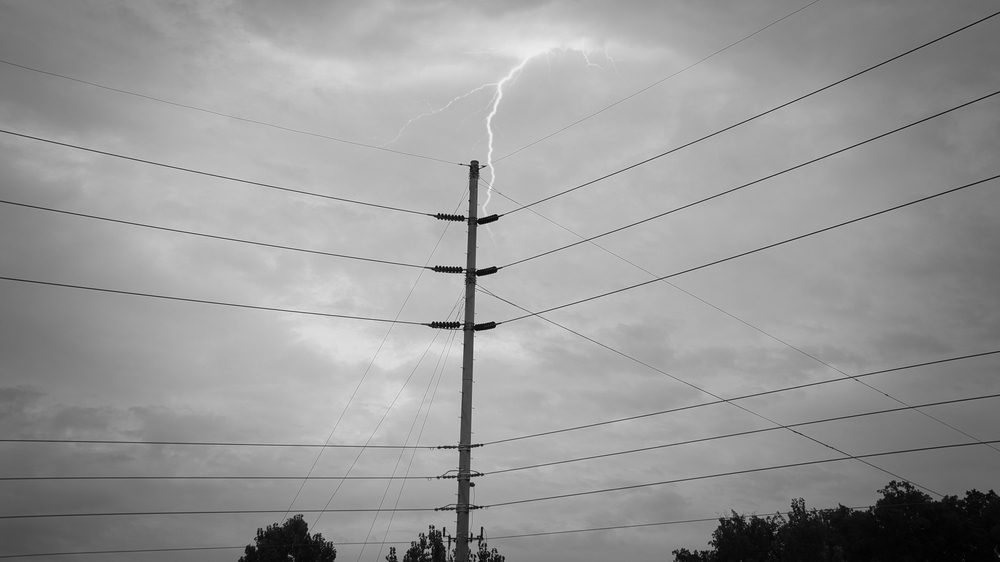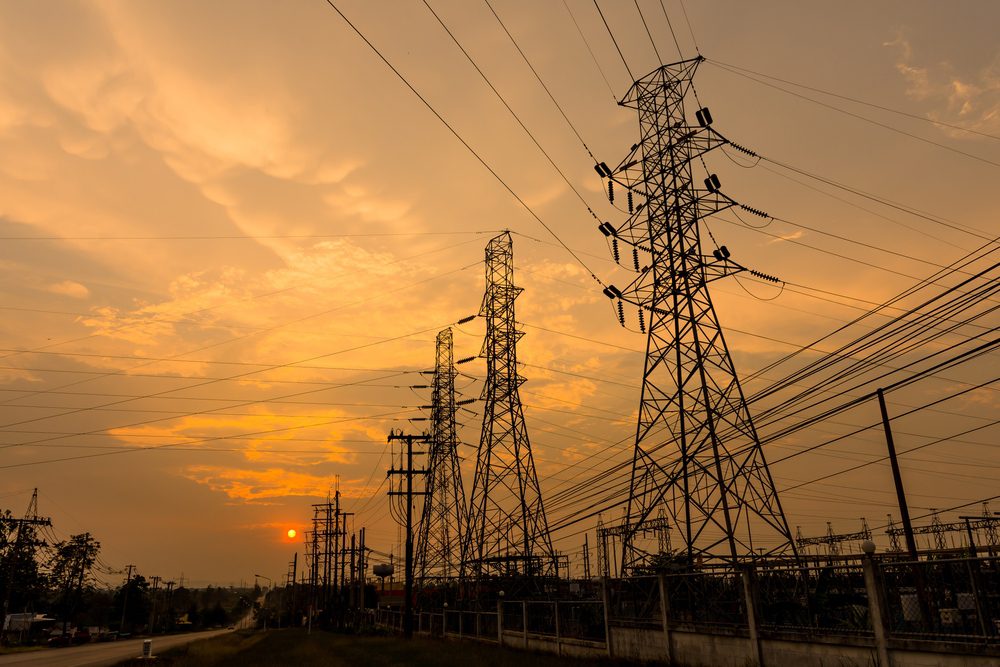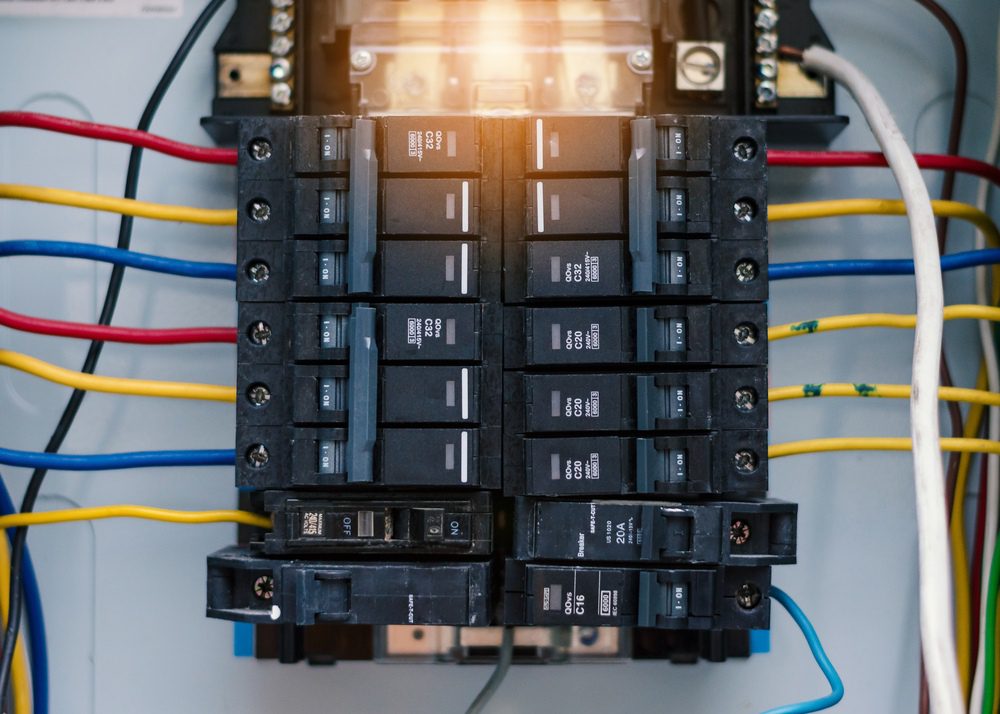
Power surges can be common in households, but many people might need help to understand what they are and the potential damage they can cause to electrical equipment. To help you protect the appliances and electronics in your house, we have created a guide that will help you learn more about the most common causes and signs of a power surge. We have also developed an outline that discusses ways to prevent an electrical surge.
Table of Contents
What is a Power Surge?
A power surge happens when electrical voltage suddenly increases in the electrical system in your home. Lightning strikes, power outages, faulty electrical equipment, or other external factors can cause this. When a power surge occurs, it triggers a circuit breaker and shuts off electrical items. If you are not prepared, a power surge can damage expensive equipment such as computers, appliances, and home entertainment systems.
Why Is a Power Surge Dangerous?
Power surges can be a hidden danger in homes as they can pose fire risks and cause severe damage to expensive equipment such as computers, appliances, and stereo systems.
To prevent damage to electrical devices and ensure home safety, taking necessary precautions like installing surge protectors can help safeguard your home from the dangers of power surges.
How Long Is a Power Surge?
The actual spike in electrical current usually lasts for less than a second. However, the voltage from the surge can vary from a hundred to thousands of volts.
It’s essential to note that voltage doesn’t run at a fixed current and tends to oscillate. This behavior is inherent in the way electric currents work. The complexity increases when concepts such as three-phase power provide separate electrical phases in an alternating current.
With different countries having different electrical standards, manufacturing electrical devices to varying degrees of quality can further complicate the situation.

Top Causes of a Power Surge
Various elements can cause a power surge in your house, many of which are within your control. Here are the top causes of power surges:
- High-Powered Electrical Devices – Appliances like refrigerators, air conditioners, and heaters can cause power spikes when switched on or when a high-energy component like a motor kicks in, affecting other electrical items.
- Tripped Circuit Breakers – While these can protect your home, they can also become a risk if damaged during the process.
- Faulty Wiring – This is a leading cause of power surges, and the wires will need to be replaced. Consult with a professional electrician if you suspect faulty wiring.
- Tree Limbs – Tree limbs that touch power lines can cause power surges by growing into the line, being swayed by the wind, or breaking off in inclement weather.
- Animals – Animals can get into electrical equipment like transformers and cause a power surge, often electrocuting themselves in the process.
- Restoration of Power After a Blackout – This can cause power surges as electricity flows back into all your appliances at once. To avoid this, turn your equipment off at the power source during a blackout and unplug them. Plug them back in one by one after service has been restored.
- Lightning Strikes – They are one condition out of your control. If you live where metal in your home can act as a lightning conductor, consider installing a lightning rod near the premises.
Taking necessary precautions like unplugging appliances during a blackout, installing surge protectors, and consulting with a professional electrician can help you avoid the risks of power surges and safeguard your home and appliances.
Read More: Electrical Grounding and Bonding: Applications and Differences
Signs of a Power Surge
Power surges can happen so fast that you cannot do much to prevent them from occurring. The main signs of a power surge in a home include a tripped circuit breaker or safety switch, sudden resetting of devices, power loss of devices, or broken electronics.
Take action and protect your home from future power surges. Surge protectors are one of the simplest ways to protect your home. These devices absorb the excess voltage caused by a power surge, protecting your electrical equipment and appliances. It’s also important to use high-quality surge protectors and replace them every few years.

Ways to Prevent a Power Surge
Power surges can be dangerous and costly, causing damage to electrical devices and appliances in your home. To prevent power surges from destroying your property, there are several proactive steps you can take:
- Ensure that devices and appliances are not overcrowding one circuit. Large appliances like air conditioners, heaters, and refrigerators should be plugged into a different socket than smaller appliances.
- Unplug the devices not in use to reduce the risk of a power surge.
- Update old wiring and your electrical service panel to ensure it’s up to code.
- Trim your trees and clear the areas around your electricity system to prevent any potential risks from contact with overhead lines or falling trees.
- Unplug all electrical devices and appliances during severe storms as a preventative measure.
- Use surge protectors for all your appliances and electronics, including special wall outlets found at most local hardware or home improvement stores.
By taking these proactive steps, you can safeguard your property from the risks associated with power surges. Additionally, working with a licensed and experienced electrician who can assess your situation and provide tailored solutions for your home is important.
What Is Surge Protection?
Surge protection is vital to protect your electronic devices against power surges. Surge protectors function as a shield to block excess voltage from reaching your electronics if a power surge occurs. Though surge protectors aren’t necessary for appliances to function under normal circumstances, they can protect devices against power surges in your house.
Choosing not to use surge protectors during power fluctuations and surges can risk severe damage to your appliances and electronics. Instead of individual surge protectors covering only a few devices, installing a whole-home surge protection device can shield all your electronics from unavoidable external events.

Whole-House Surge Protector Installation Services
Give our team of technicians a call by phone at (732) 638-4317 if you are worried about your appliances getting damaged by a power surge. Our staff of emergency electricians in Clifton, NJ offer comprehensive whole-home surge protector installation services to help you protect your electrical system. Installing a surge protector is straightforward and involves attaching it to your main electrical bus bar and connecting it to your neutral bus bar.
At Gold Medal Service, our licensed and experienced electricians can help assess your unique needs and provide tailored solutions to protect your home. Our whole-house surge protector installation services include upfront pricing with full details of the model and installation process, ensuring that you are fully informed and aware of the costs and benefits before we begin.
Our technicians at our local electrical company also offer other types of solutions such as wiring replacement, light fixture installation, ceiling fan repair, and whole-house generator installation. Contact us today and let our electricians show you the surge protector options for your home and identify signs of a power surge.


